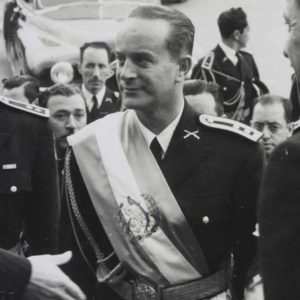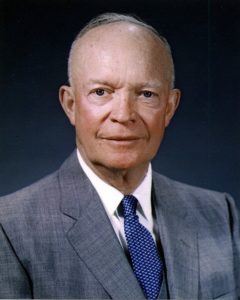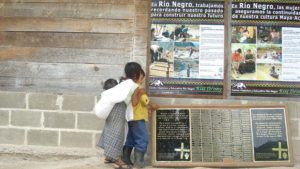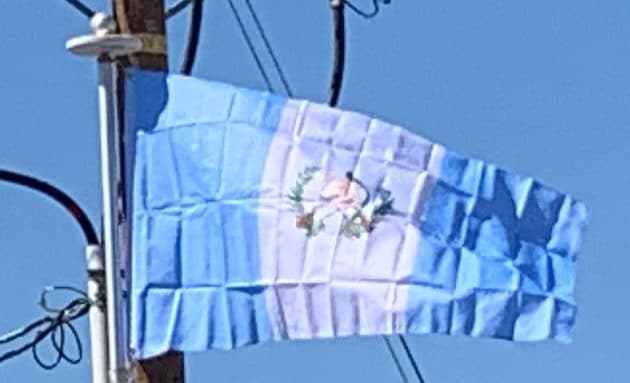
Arévalo was constitutionally prohibited from contesting the 1950 elections. The largely free and fair elections were won by Jacobo Árbenz Guzmán, Arévalo’s defense minister. Árbenz continued the moderate capitalist approach of Arévalo. His most important policy was Decree 900, a sweeping agrarian reform bill passed in 1952. Decree 900 transferred uncultivated land to landless peasants. Only 1,710 of the nearly 350,000 private land-holdings were affected by the law, which benefited approximately 500,000 individuals, or one-sixth of the population.
Coup and Civil War (1954–1996):
Despite their popularity within the country, the reforms of the Guatemalan Revolution were disliked by the United States government, which was predisposed by the Cold War to see it as communist, and the United Fruit Company (UFCO), whose hugely profitable business had been affected by the end to brutal labor practices. The attitude of the U.S. government was also influenced by a propaganda campaign carried out by the UFCO.
U.S. President Harry Truman authorized Operation PBFORTUNE to topple Árbenz in 1952, with the support of Nicaraguan dictator Anastasio Somoza García, but the operation was aborted when too many details became public. Dwight D. Eisenhower was elected U.S. President in 1952, promising to take a harder line against communism; the close links that his staff members John Foster Dulles and Allen Dulles had to the UFCO also predisposed him to act against Árbenz.

Eisenhower authorized the CIA to carry out Operation PBSUCCESS in August 1953. The CIA armed, funded, and trained a force of 480 men led by Carlos Castillo Armas. The force invaded Guatemala on 18 June 1954, backed by a heavy campaign of psychological warfare, including bombings of Guatemala City and an anti-Árbenz radio station claiming to be genuine news. The invasion force fared poorly militarily, but the psychological warfare and the possibility of a U.S. invasion intimidated the Guatemalan army, which refused to fight. Árbenz resigned on 27 June.
From this point until 1996 Guatemala descended into violence and recurring military interventions and regimes. Rampant fear of Communism and unrelenting support of UCFO led the United States to train and arm the Guatemalan military until it was the premier and most advanced force in Central America. By the 1970s formal guerrilla organizations formed and the government response was to commit genocide against the native Mayan population who were seen as a support network for the guerrilla groups.

Further military coups and interventions would follow until a peace accord was reached in 1996.
1996–2000:
The Guatemalan Civil War ended in 1996 with a peace accord between the guerrillas and the government, negotiated by the United Nations through intense brokerage by nations such as Norway and Spain. Both sides made major concessions. The guerrilla fighters disarmed and received land to work. According to the U.N.-sponsored truth commission (the Commission for Historical Clarification), government forces and state-sponsored, CIA-trained paramilitaries were responsible for over 93% of the human rights violations during the war.
